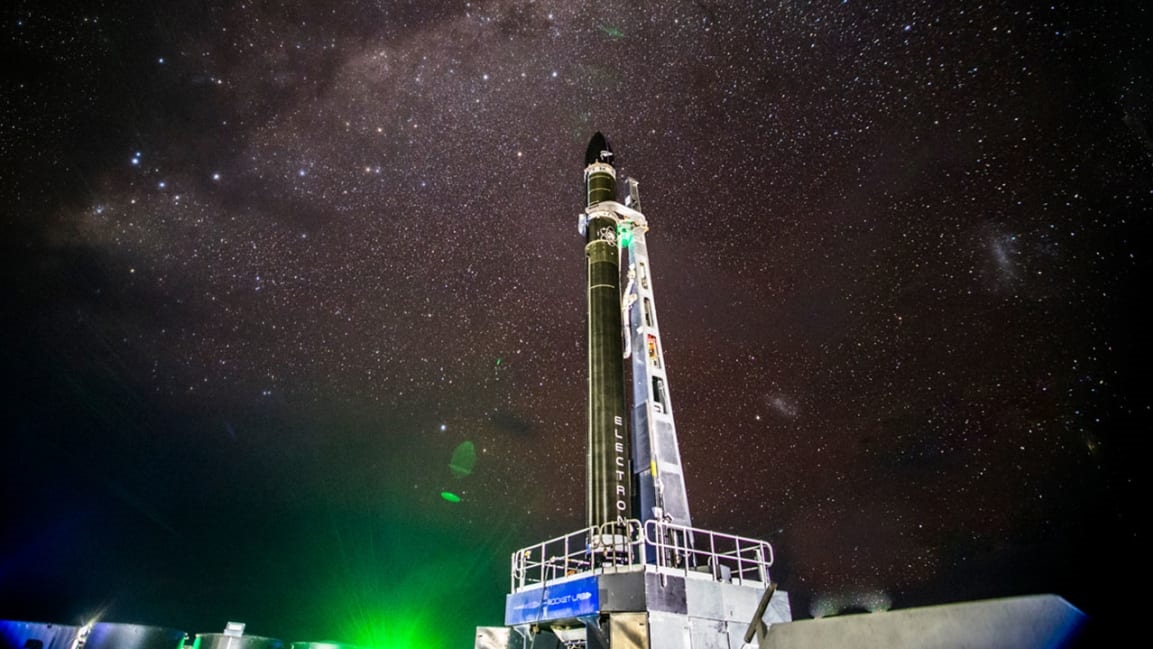Meet the big-thinking space startups that want to transform the universe with tiny satellites
Getting a satellite into space is traditionally a daunting proposition, costing tens or hundreds of millions of dollars to finance an operation that is planned and carried out over a period measured in years rather than months.
But as the miniaturization of surveillance and communications hardware continues, those numbers are starting to come down–radically. Recent advances are bringing space within reach of a much wider range of companies and other organizations, in a way that is about to change how we think about access to orbit and the kinds of innovations that are possible there.
While commercial operations are providing many of these new capabilities, the change is also being driven by the needs of the U.S. military, and a new willingness to move fast that can be found in some corners of the Pentagon. In May, Rocket Lab USA, a launch company based in Southern California and New Zealand, is scheduled to take three R&D satellites into orbit for the U.S. Air Force as part of its Rapid Agile Launch Initiative.
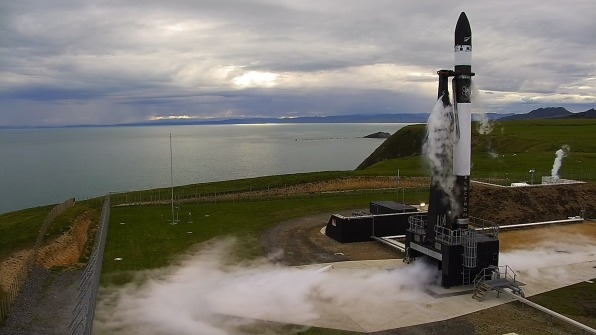
[Photo: courtesy of Rocket Lab USA]
The initiative is meant to showcase a more responsive cadence for getting into space than has been possible in the past. The Rocket Lab contract was awarded 18 months before the projected launch date–a high-velocity schedule for a military operation of such a size, or for pretty much any space-going mission, for that matter. Most such operations are put on contract at least two to four years before launch, says Captain Rachel Kolesnikov-Lindsey of the Defense Innovation Unit (DIU), a U.S. Department of Defense (DoD) office charged with devising innovative solutions to some of the most difficult problems the Pentagon faces. “That means you’re projecting out what your satellite needs will be that far in advance, at least 24 months before that satellite is actually going up.” What the Department of Defense is working toward, Kolesnikov-Lindsey says, is a launch cadence that would let them plan and launch new satellites within months, weeks, or even days.
Space as a platform
Rocket Lab CEO Peter Beck thinks such a timeline is more than possible. To make it a reality, the company recently announced its Photon “satellite platform”–a small circular satellite that can be fitted with any payload a customer may bring to the company.
“If you want to provide a service in space, you have to invest a lot of money and time in building a team and building a new spacecraft every time you want to do something in orbit, which is a very time-consuming and costly exercise,” Beck says. To streamline that process, Rocket Lab took its Electron launch vehicle and modified the “kick stage” (which moves the rockets payloads into position) to work as a spacecraft bus onto which customers can load the equipment they need in space, saving them the work of designing a satellite at all.
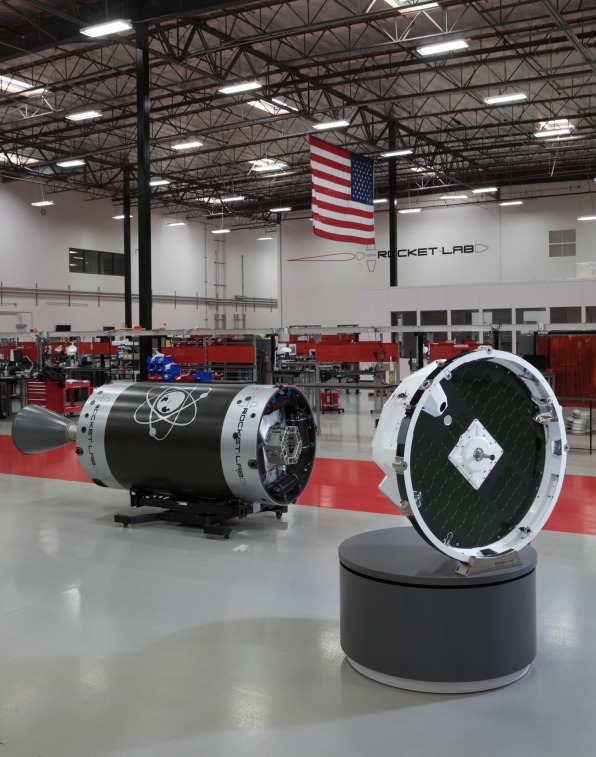
[Photo: courtesy of Rocket Lab USA]
“Now that we have standardized launch, and a standardized bus and customers only need to bring us the payload,” Beck says, “the time from idea to orbit is drastically reduced.”
“What we’re trying to achieve here is a four-month program,” he says. His team’s goal: “If you a bring a payload to us, in four months it’ll be in orbit.”
Space as a service
Reducing time to orbit will make the satellite business “very much a service rather than a product,” Beck said. And because teams can be smaller (no rocket scientists needed), it will also make orbital operations much more affordable.

[Photo: Justin Carrillo Photography/Vector Launch]
With more and more interest in space, launch vehicles will become a mode of transportation much like today’s airlines, says Jim Cantrell, CEO of Vector Launch (and a founder of SpaceX). As costs come down, demand will rise, to perhaps thousands of satellite launches a year, from the dozens that happen now. “In the space industries, we’re in a very early stage that’s been government-dominated for many years, and right now resembles most what ARPAnet looked like in the ’70s,” he said. “Now it’s got to evolve to be a place of commerce through the same technological evolution we saw on the internet.”
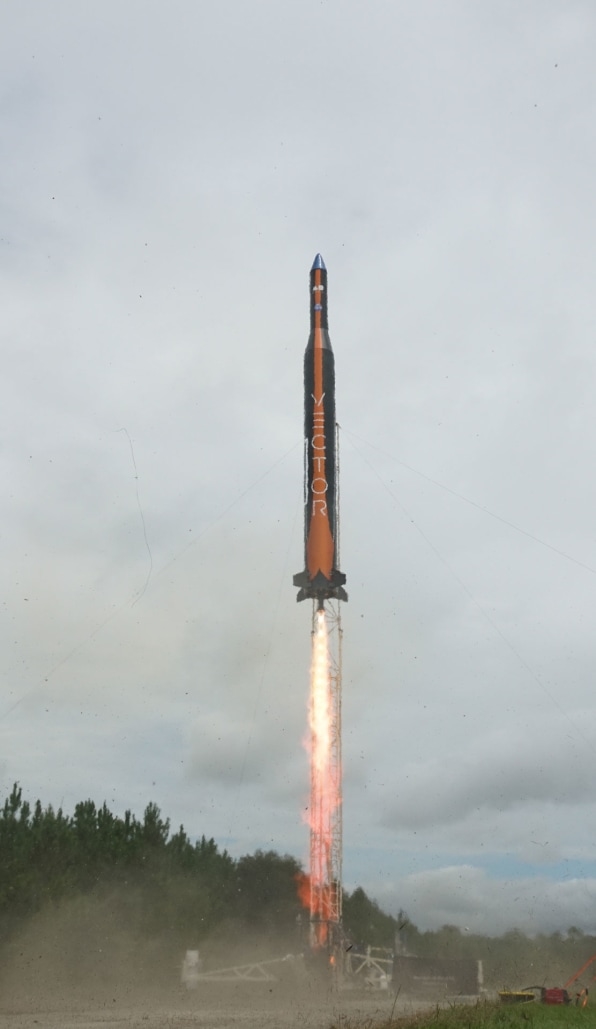
[Photo: courtesy of Vector Launch, Inc.]
To get ahead of that evolution, Vector is now developing what it calls the GalacticSky “digital delivery service,” which should be available to customers next year. In essence, GalacticSky will enable Vector’s customers to create apps that would run on the company’s satellite network, without having to design or launch a satellite at all. Not only will that radically reduce the cost of operating in space, Cantrell says, it will have a huge impact on innovation as well. “This lowers the barrier of entry to many, many more people, thereby exposing the industry to much broader innovation sources and much broader capital sources,” he says.
The race to orbit
Even before a space-bound app economy takes off, we should expect to see an acceleration in the kinds of innovation that are possible in orbit, says Dirk Wallinger, CEO of York Space Systems, a satellite company that built one of the DoD satellites that will go up in Rocket Lab’s planned May launch.
“I think it’s a tremendously exciting time,” Wallinger said. “Everything was so very expensive and took so very long that it really stifled innovation. You didn’t want to try something new because it meant a lot of dollars, and a lot of loss if it didn’t work. So this agility is really going to be the catalyst of extensive, rapid growth in our industry.”
Agility is important, but so is bringing down cost, Wallinger says. The company’s S Class satellite platform, which is being used in the DoD launch, can be had for as little as $1.2 million. And a full launch and deployment can happen for less than $5 million in less than a year. “Our customers are able to leapfrog a lot of their competition,” Wallinger said. “People that are in orbit now perhaps required $50 million and seven years to do that, and our customers are companies that started a year or two ago and will be in orbit in really just a number of months.”
“In this environment, whoever gets to orbit first and starts generating revenue wins,” says Peter Beck.
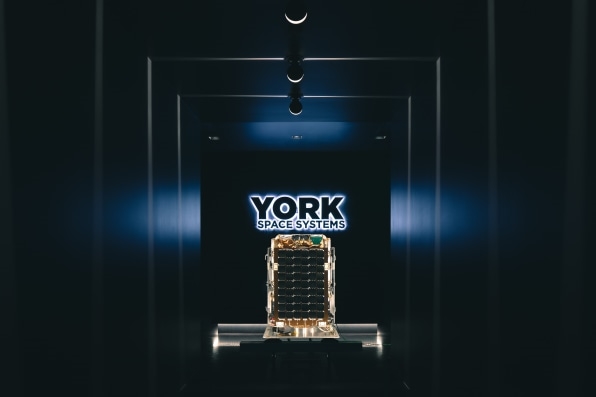
[Photo: courtesy of York Space Systems]
Agility requires not just speed but flexibility, however. To help advance that capability, DARPA, the Defense Advanced Research Projects Agency, announced last year its DARPA Launch Challenge, which will see three teams compete to complete two launches each under circumstances designed to test their ability to respond quickly and get a payload to orbit. Teams will be notified of the first payload, orbital destination, and launch site early next year, and will have a period of only days or weeks to complete a launch. They’ll then have to repeat the exercise–with a different payload and destination, and at a different launch site–with similarly short notice.
Of the three teams selected, one is operating in stealth mode. Vector Launch is another. The third is Virgin Orbit, through its VOX subsidiary, which handles defense contracting.
Virgin represents an unusual entry into the launch services space. Instead of a vertical launcher, the company uses its Launcher One rocket, which is carried under the wing of a 747 and launched only once the carrier aircraft has achieved a certain altitude. The configuration is unusual, but it means that Launcher One is also unusually mobile. “We can pick up our entire launch site and move it wherever we need to go,” says Will Pomerantz, Virgin Orbit’s vice president for special projects. “We can fly from literally any airport in the world that can handle a 747. Which is an awful lot of airports.”
Pomerantz agrees that faster launch times and lower costs will change the nature of the space industry. “I’m continually surprised how risk-averse our industry is,” he says. “When you wake up and think you’ve got a brilliant idea, then you realize it’s going to take you five years and $500 million to figure out if it’s going to work, that’s generally speaking a nonstarter.”
But with the coming reduction in time and costs to get a satellite to orbit, “Now you can think about dipping your toe in the pool before you take the plunge,” Pomerantz says. “We’re taking the innovation and creativity that was always there, and giving it an outlet.”
It’s not just companies that will benefit. In addition to giving a broader range of entrepreneurs and businesses access to the orbit, “Because of the cost and speed that’s now associated with these missions, it’s enabling entire nations that have never done space to do space for the first time,” Pomerantz said.
Orbiting the upgrade cycle
It is perhaps appropriate that we may soon see app economies in space. While larger satellites that might be the size of a school bus will still be needed, says Colonel Steve Butow, director of the space portfolio at DIU, the payloads this new generation of launch companies is putting in space are small satellites of under about 200 pounds, with some much smaller. “These can probably last five years, perhaps 10 years, but the reality is that with the rate of change of technology, most companies will want to replace these satellites in two- to three-year increments.”
Butow compares the situation to the upgrade cycle of smartphones. “Smartphone companies put out new phones every year, not because the previous products were inferior, but to be competitive and introduce new features and capabilities,” Butow says. “The same thing is happening in space.”
Mark Wallace (@markwallace) is a freelance journalist based in San Francisco. His work has appeared in the New York Times Magazine, New York, Wired, and many others.
(23)


